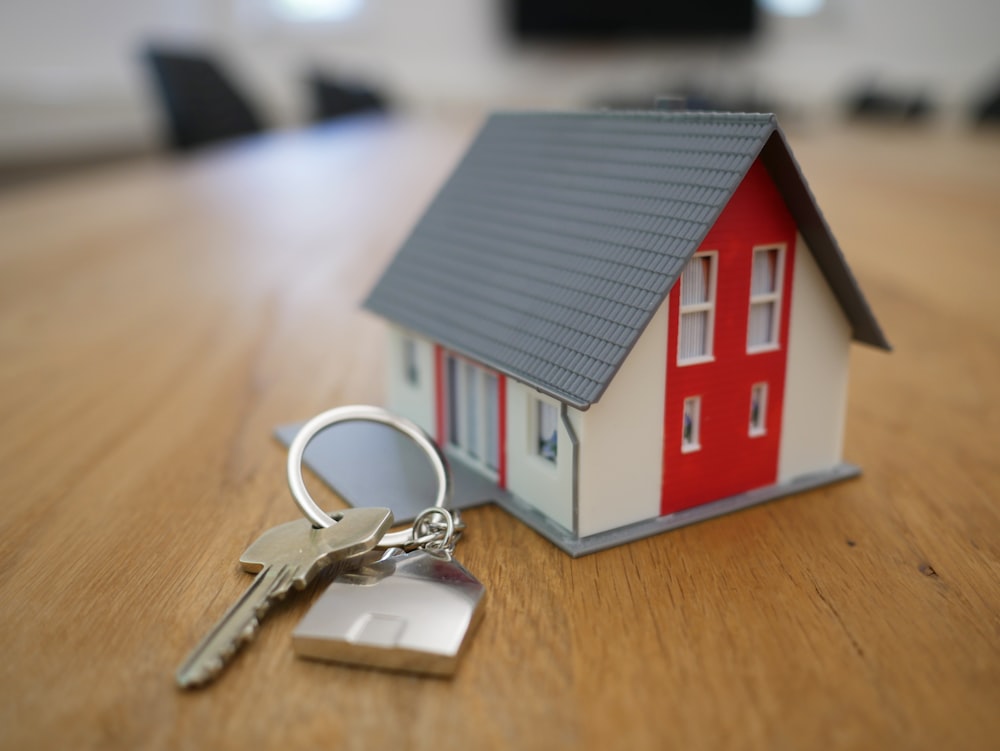“`html
📚 Table of Contents
Managing properties remotely can be a daunting task, but with the right strategies, it can also be highly rewarding. How can property managers ensure success when overseeing real estate from afar? The key lies in leveraging technology, optimizing workflows, and maintaining strong tenant relationships—even from a distance. Below, we explore eight proven strategies to excel in remote property management.
Leverage Technology for Seamless Operations
Technology is the backbone of remote property management. Cloud-based property management software like AppFolio, Buildium, or Rent Manager allows managers to oversee leases, collect rent, and handle maintenance requests from anywhere. These platforms provide centralized dashboards where all property-related data is accessible in real time. Additionally, virtual tours and digital lease signing tools like DocuSign streamline tenant onboarding without requiring physical presence. Investing in high-quality security cameras and smart locks also enhances remote monitoring, ensuring properties remain secure even when you’re miles away.
Automate Routine Processes
Automation reduces manual workload and minimizes errors. Setting up automatic rent collection through platforms like Zelle, PayPal, or property management software ensures timely payments without follow-ups. Maintenance request portals allow tenants to submit issues digitally, which can then be automatically routed to pre-approved vendors. Email reminders for lease renewals, inspections, and utility payments keep operations running smoothly. By automating repetitive tasks, property managers can focus on strategic growth rather than administrative burdens.
Build Strong Communication Channels
Clear and consistent communication is critical in remote property management. Utilize tools like Slack, WhatsApp, or dedicated tenant portals to maintain open lines of communication. Regular check-ins via video calls can help build trust with tenants and contractors. Providing a detailed FAQ document or a 24/7 chatbot for common inquiries ensures tenants feel supported at all times. Transparency in policies, rent adjustments, and maintenance schedules prevents misunderstandings and fosters long-term tenant satisfaction.
Hire the Right Remote Team
A reliable local team is indispensable for remote property management. Hiring a trustworthy property maintenance supervisor, leasing agent, or virtual assistant can bridge the gap between remote oversight and on-site needs. Background checks and thorough interviews are essential to ensure competence and reliability. Outsourcing tasks like accounting, legal compliance, and marketing to specialized professionals can further optimize efficiency. A well-structured team allows remote managers to delegate confidently while maintaining control over operations.
Implement Rigorous Tenant Screening
Since remote managers can’t meet tenants in person, thorough screening is crucial. Use online tenant screening services like TransUnion SmartMove or RentPrep to verify credit scores, rental history, and criminal backgrounds. Require proof of income and previous landlord references to assess reliability. Video interviews can also provide insights into a tenant’s demeanor. A strict yet fair screening process minimizes risks of late payments, property damage, or evictions down the line.
Prioritize Data Security
Handling sensitive tenant and financial data remotely requires robust cybersecurity measures. Ensure all property management software complies with data protection regulations like GDPR or CCPA. Use encrypted communication tools and require multi-factor authentication for system access. Regularly update passwords and conduct security audits to prevent breaches. Educate team members on phishing scams and safe data handling practices to mitigate risks.
Schedule Regular Property Maintenance
Preventive maintenance is key to avoiding costly repairs. Partner with local contractors for routine inspections of HVAC systems, plumbing, and electrical setups. Use property management software to track maintenance schedules and set automated reminders. Encourage tenants to report minor issues early through a user-friendly portal. Remote managers can also request photo or video documentation of repairs to verify work quality without being physically present.
Track Performance Metrics
Data-driven decisions lead to better outcomes. Monitor key performance indicators (KPIs) such as occupancy rates, average rent collection time, maintenance response times, and tenant turnover rates. Analytics tools within property management software can generate reports highlighting areas for improvement. Comparing performance across different properties helps identify best practices and inefficiencies, allowing for continuous optimization.
Conclusion
Remote property management is not without challenges, but with the right tools, team, and strategies, it can be just as effective—if not more efficient—than traditional methods. By embracing technology, automating workflows, and maintaining strong tenant relationships, property managers can thrive in a decentralized real estate landscape.
💡 Click here for new business ideas
“`


Leave a Reply